
Push back Earth Overshoot Day and save the planet
This year, Earth Overshoot Day falls on August 1st. It means that from January 1st to August 1st 2024, humanity has used as much from nature as the planet’s ecosystems can renew during this entire year. In this blog, we will walk you through the calculations of the date and what we can do to save the world.
How is it calculated?
Earth Overshoot Day is calculated as follows:
Planet’s Biocapacity / Humanity’s Ecological Footprint x 366 (leap year)
Planet’s biocapacity refers to the amount of ecological resources Earth is able to generate that year. Humanity’s ecological footprint means humanity’s demand for that year. It adds up all of people’s competing demands for biologically productive areas, like food, timber, fibers, carbon sequestration, and accommodation of infrastructure. Currently, the carbon footprint, i.e., the carbon emissions from burning fossil fuel, make up 61 percent of humanity’s Ecological Footprint. By using more than what ecosystems can renew, humanity is depleting the biosphere, and becomes a major force shaping the planet’s condition.
You can also calculate your carbon footprint and personal Overshoot day with this link from the official website. Learn more and make a difference to the world.
Development of Earth Overshoot Day
Below we can see the evolution of Earth Overshoot Day from 1971 to 2024. The red section marks the overshoot. As the effect of overshoot is cumulative, the deficit from previous years turns into a debt in the following years. This deficit is like a debt because we are borrowing resources from the future—cutting down trees faster than they regrow, depleting fish stocks, emitting more CO2 than ecosystems can absorb, etc.

Over the last decade, the date has been staying more steady. It indicates that humanity is adding further damage to the biosphere at a constant rate. While this might seem stable, it is actually problematic because it means we are continuing to add to our ecological debt annually without significant improvement in our consumption patterns or resource management. It reflects that humanity's demand on the planet's resources remains higher than what the planet can regenerate, leading to ongoing environmental degradation.
What can we do to help?
There are plenty of solutions in the following 5 major areas for improving sustainability: planet, cities, energy, food, and population. Among the 5, energy is more related to Robinsun so we will focus on this section.
Decarbonizing the economy is not only our best possible chance to address climate change, but it would also vastly improve the balance between our ecological footprint and the planet’s renewable resources. As carbon emissions make up 60% of humanity’s carbon footprint, changing to non-polluting energy like the solar energy produced by Robinsun’s plugin solar kitsis an easy and affordable way to contribute while saving money on your power bills every month
Based on scenarios calculated by Project Drawdown, adoption of distributed solar photovoltaics would move the date of Earth Overshoot Day 5 days later by 2050. Before, rooftop solar panels were the typical choice but only a minority of families live in a house where these can be installed. Now, at Robinsun, we offer plugin solar kits that suit various locations and needs. They can be installed in a garden, on a balcony, a roof, a pergola or a wall. All solar kits can provide stand alone renewable energy and even be distributed across a grid if you produce more than you consume. Having a solar kit helps move the date by replacing the fossil fuels that are used in electricity production with a localized and renewable energy source.
Coming after production, battery technology and energy storage systems could also move the Earth Overshoot day by 15 days. This is in addition to the impact that the massive adoption of renewable energy without storage would have. Energy storage allows energy produced by solar panels during daytime to be stored and used over time. Improved energy storage would allow renewable energy to power a much larger portion of the electric grid than it currently does. Currently, we also offer batteries to help you store excess power.
Conclusion
Installing solar kits is not only beneficial to the environment, but also helps in saving your electricity bills. For example, in Spain, if you install one of our best sellers, Performance 800 with a 20° mount, you can produce an average of 1,600 kWh per year. The savings per year reach €416 with a cost of €0,26/kWh. That said, you can earn back the investment within 2 years and enjoy free electricity for the following 28 years.Use solar energy, save the planet, and save your bills. Contact us via email, WhatsApp or call us directly.

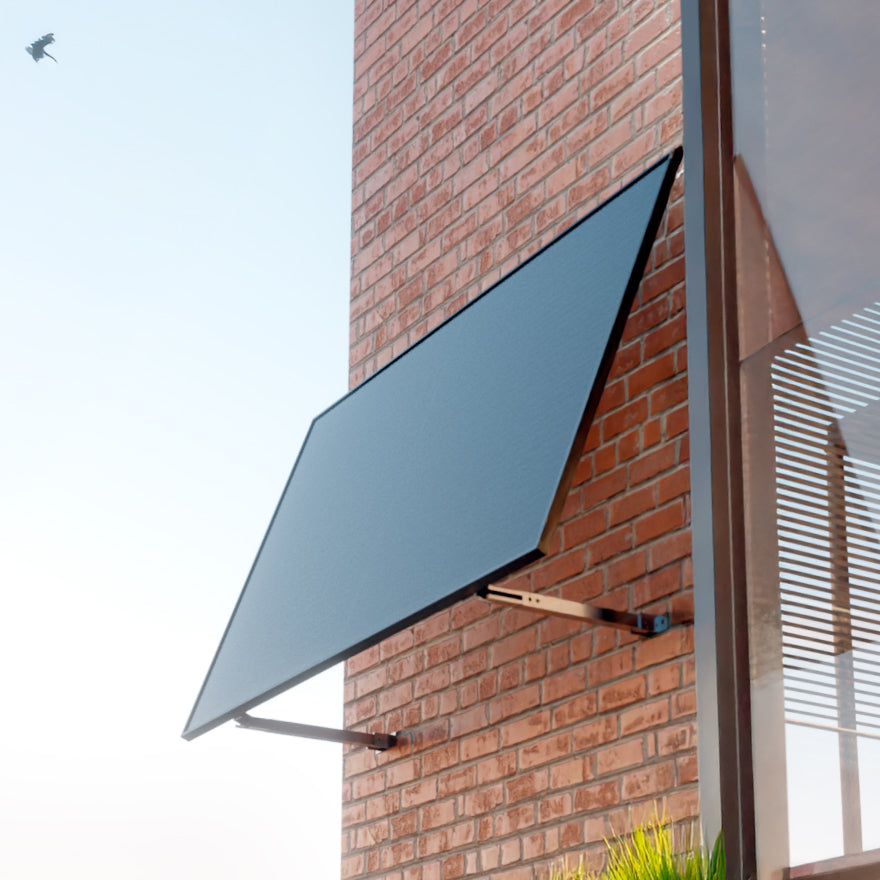
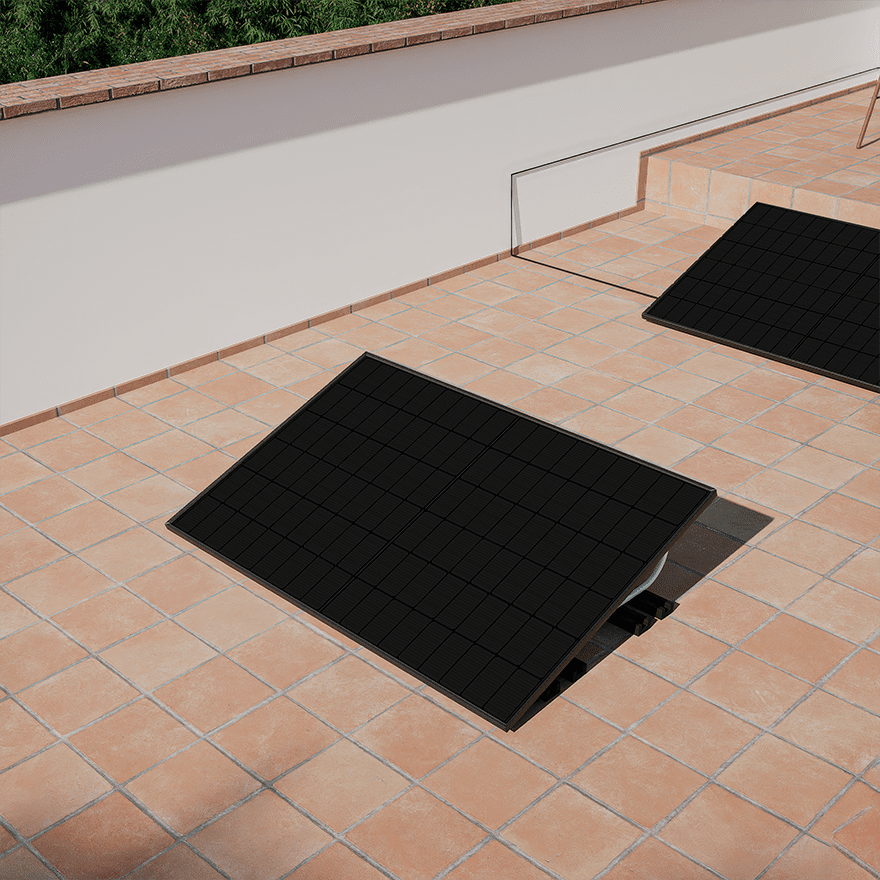
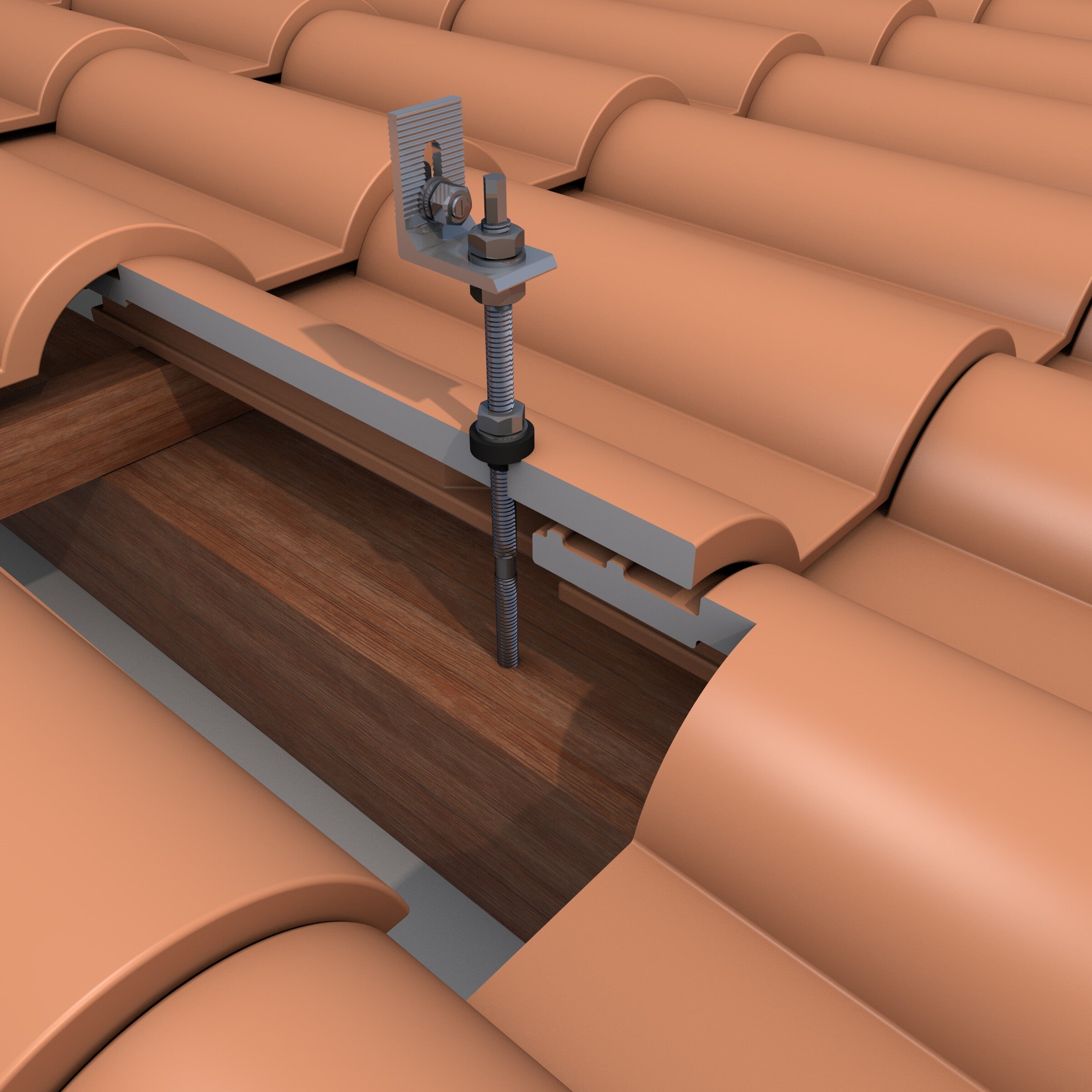
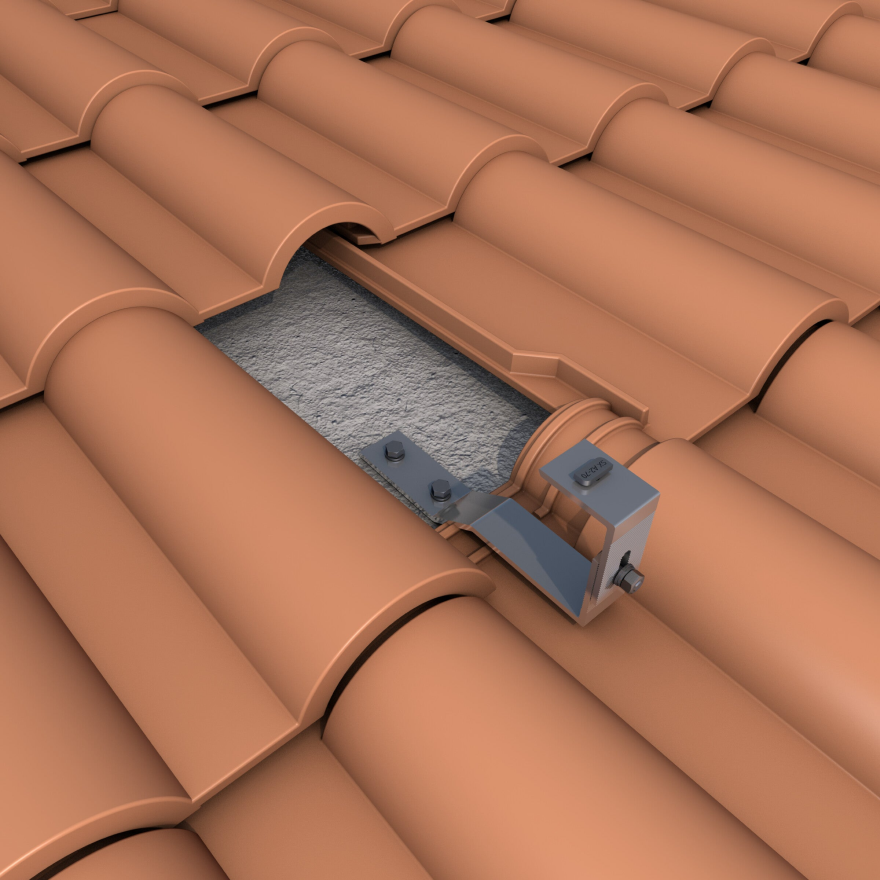
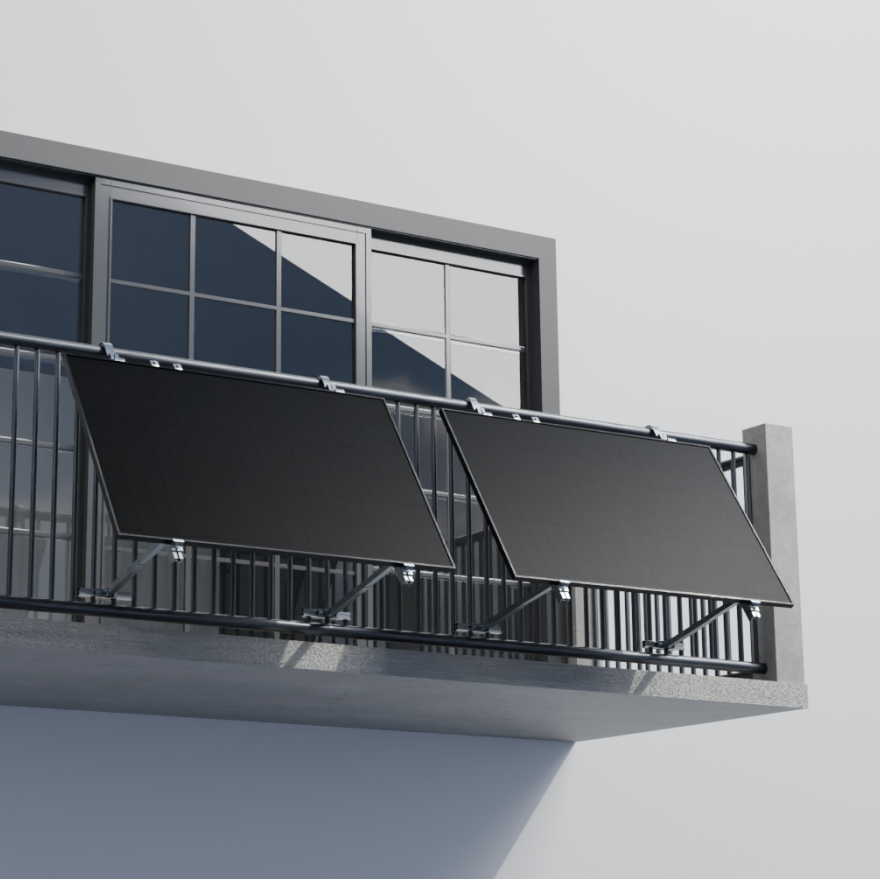
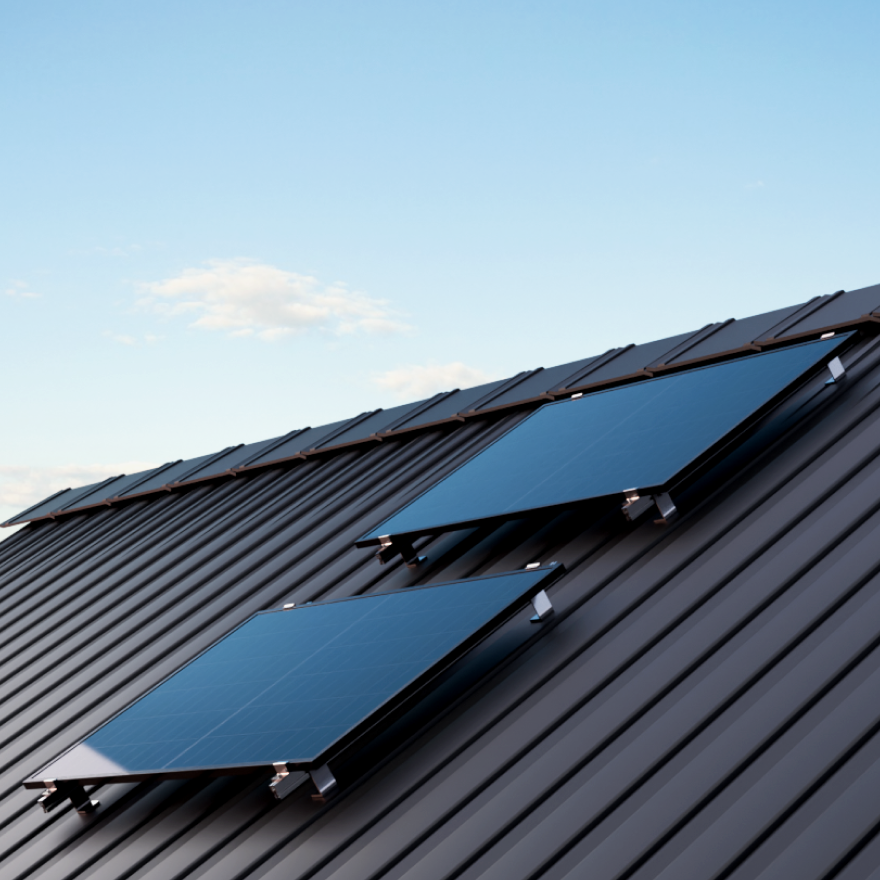
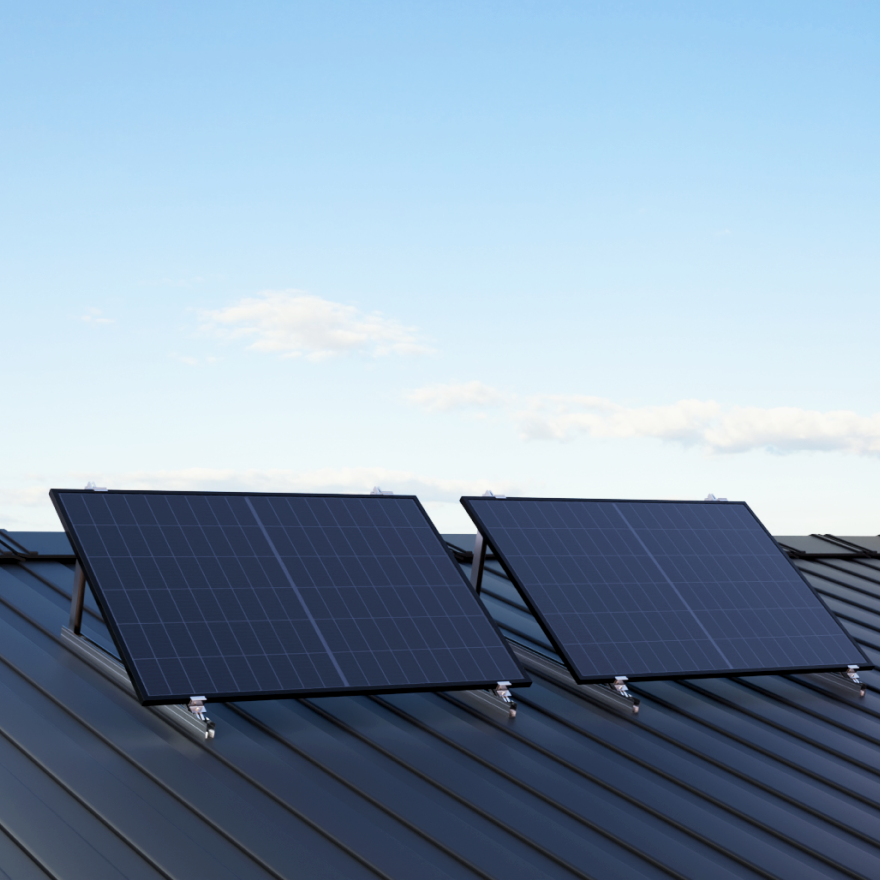


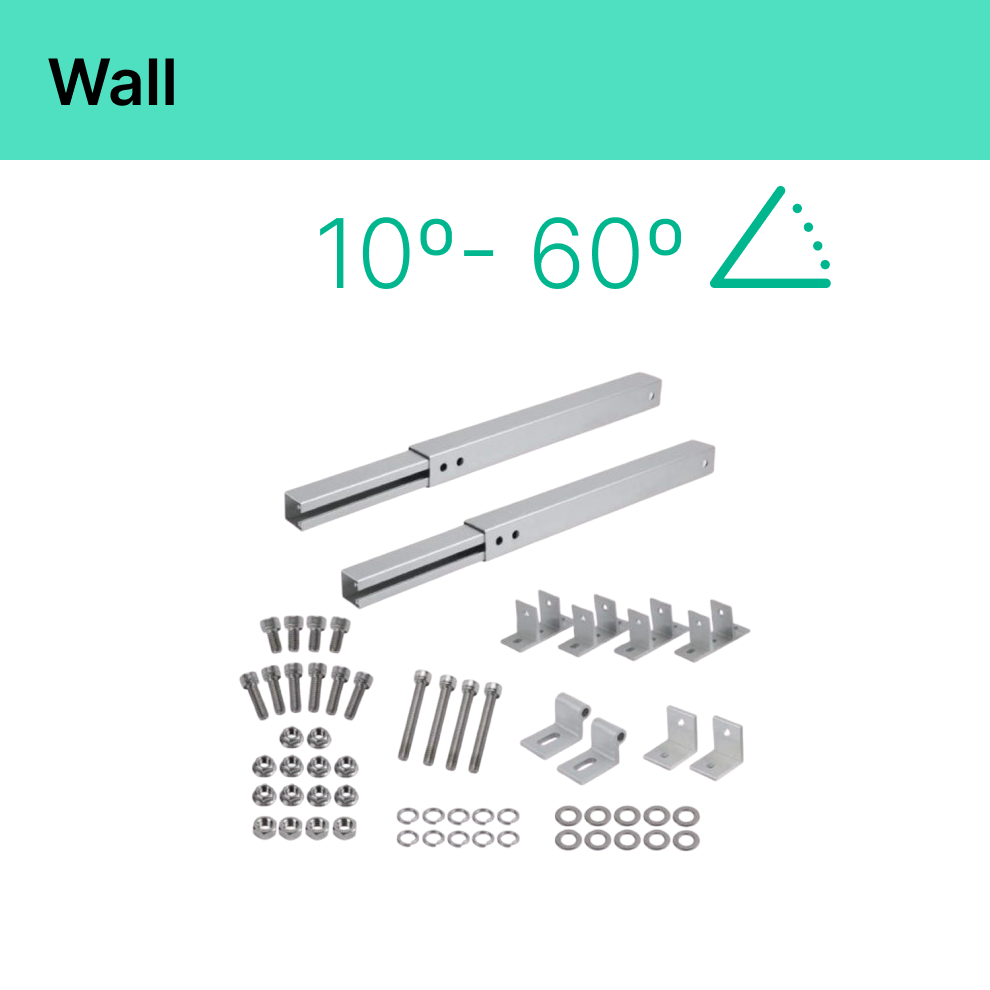

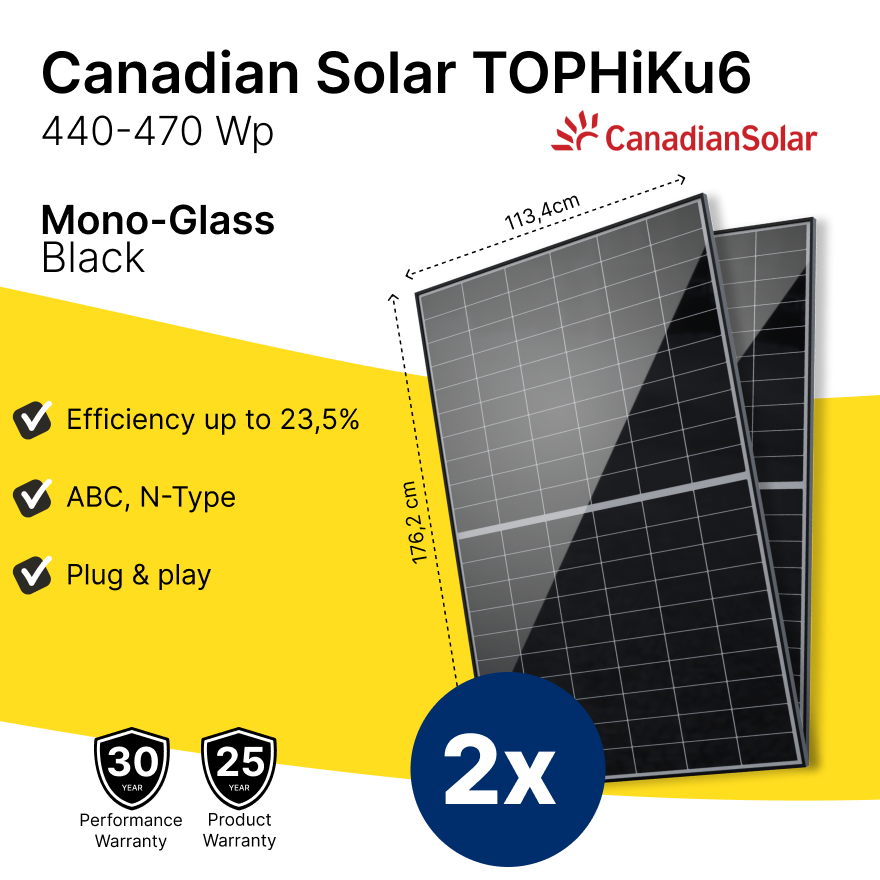



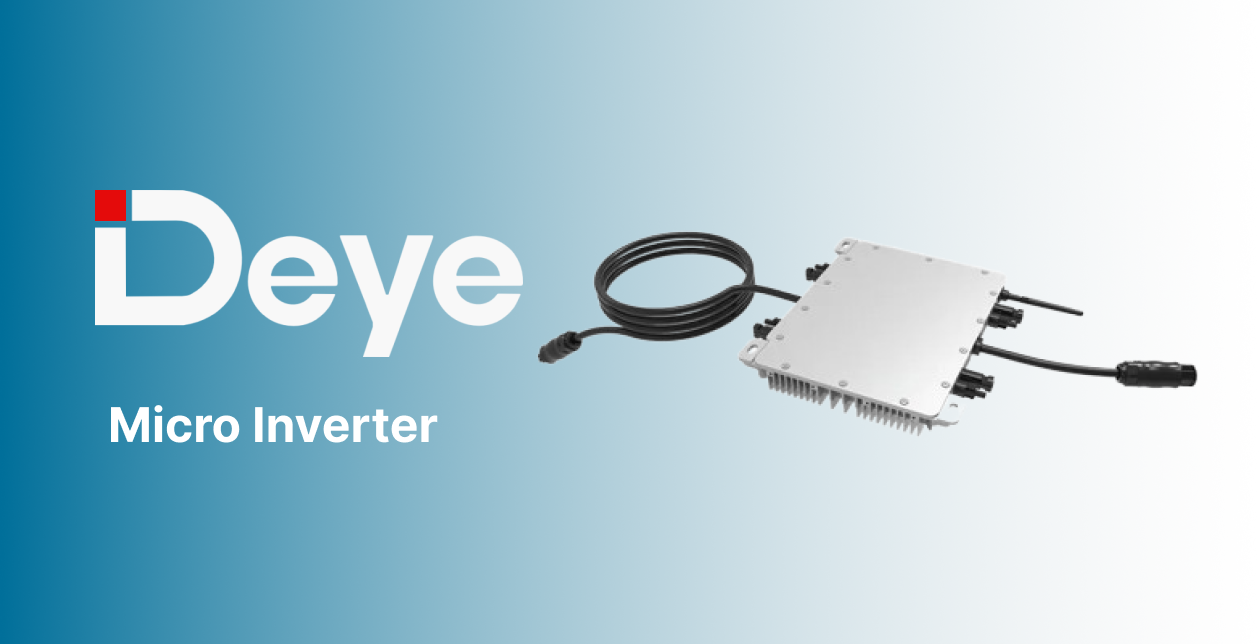

Commenta
Questo sito è protetto da hCaptcha e applica le Norme sulla privacy e i Termini di servizio di hCaptcha.